2018 Volkswagen Tiguan Pros and Cons

For its second generation, the Volkswagen Tiguan moves onto a new platform and grows exponentially in size.
Volkswagen’s first Tiguan had an unusually long product cycle. The first generation ran uninterrupted for a full 10 years with some mid-cycle refreshes here and there, but never a complete redesign until now.
Most of the car’s underpinnings and character remained the same for all those years and all for the better because despite a few shortcomings, the crossover had a lot going for it.
ALSO SEE: 2018 Volkswagen Tiguan Review
Fast forward to late 2017 when the second generation directly addressed two previous major problem areas: tight passenger space and weak standard content.
“The CUV feels surprisingly nimble, surefooted, and composed in a corner,” said Jodi Lai, Director of Editorial for AutoGuide Group. She also said that the Tiguan feels just like a Golf to drive, which is a good thing. Make sure to check out our full review, but here’s a quick overview of the pros and cons of this crossover.
2018 Volkswagen Tiguan Pros and Cons
Pros
Finally Practically Sized: One of the major complaints about the previous Tiguan was its diminutive dimensions, especially when compared to the rest of the competition. The 2018 model changes things in a big way (no pun intended). Length increases by a vast 10.6 inches and the wheelbase jumps up by 7.3 inches. Width grows significantly and these gains are felt in the interior compartment, where passenger room is comfortable and total cargo space maxes out at 73.5 cu-ft, which is now almost top of the class.
That extra length now also affords this crossover a third-row bench that is standard on front-wheel drive models and available on all-wheel-drive models as an option. Take note: the third-row seat is very cozy and strictly for kids.
Great Driving Dynamics: The first-generation Tiguan had an exceptionally smooth and quiet ride. Even at highway speeds, sounds were kept at very low levels and it rode over bumps without disturbing the chassis negatively. The second-generation continues that tradition and even ramps things up a notch. The well-sorted suspension and new MQB platform help offer a very sophisticated and modern ride; a trait clearly borrowed from the current Golf. This Tiguan drives well and everything feels tight and composed.
Euro-Centric Interior Design: In an unsurprising move, the dashboard layout of this new Tiguan takes an understated but stylish approach. Also, the fantastic looking and functioning virtual cockpit available on higher level trims is a great conversation starter. All in all, the whole look works well and exudes a quiet confidence.
Desirable Features: Trendy technology such as Android Auto/Apple CarPlay, stop/start system, backup camera, and automatic post-collision braking are standard on all Tiguans. Even more desirable safety technology is available if you opt for the Driver Assist package, which bundles useful things like rear-traffic alert, adaptive cruise control with stop-and-go capability and front-collision assist with pedestrian monitoring.
Cons
Over Taxed Engine: A new 2.0-liter turbo engine with an eight-speed auto is now the sole powertrain option for the Tiguan and despite a lower horsepower rating of 184 horsepower down from the previous 200 horsepower engine, the 221 pound-feet of torque is a significant bump from before. Still, with all that, this engine seems too relaxed when urgent acceleration is needed and important maneuvers such as quickly merging on highway lanes prove to be a little difficult for this crossover.
Overly Simplistic Exterior Design: A staple with all Volkswagen products, the exterior design language takes a very uncluttered approach with use of clean lines and minimal radical design touches. Some see it as very classy and bound to age well while others see it as boring and generic.
Not the Best Fuel Economy: The AWD Tiguan is rated at 21 mpg city, 27 highway, and 23 combined. These ratings just don’t cut it in a highly competitive segment where vehicles are easily getting far better fuel economy. For comparison’s sake, the AWD Honda CR-V with the 1.5L turbo engine is rated at 27 city, 33 highway, and 29 combined.
Discuss this story on our Volkswagen Forum

Chidi loves talking about cars. He enjoys exploring the limits of new car technology and performance vehicles. When he is not writing features for AutoGuide, you will most likely find him perusing Kijiji or Autotrader listings for unique classic nameplates.
More by Chidi Ohiaeri




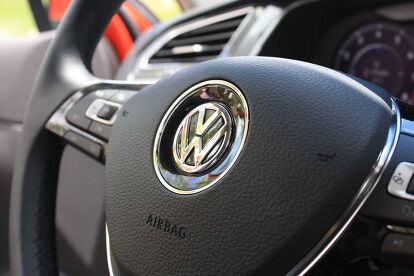
































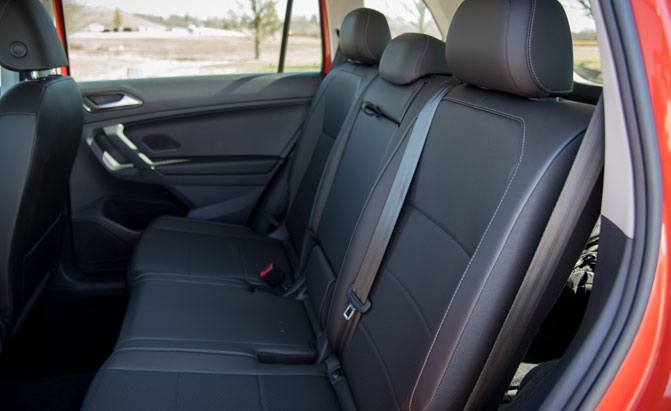













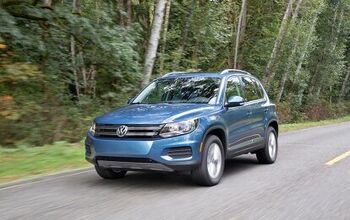
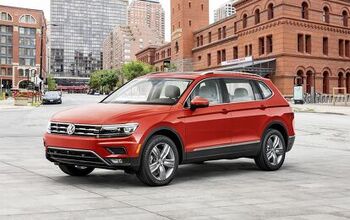
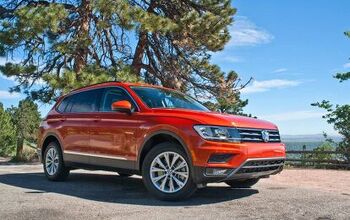
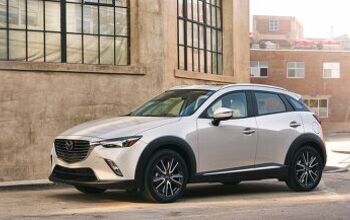

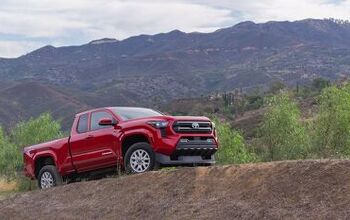
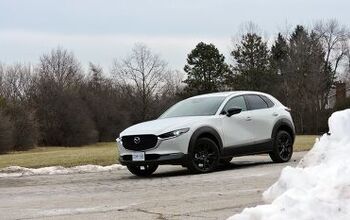
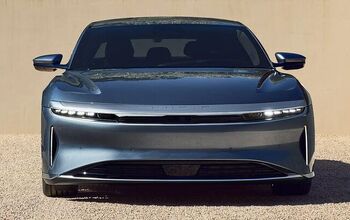
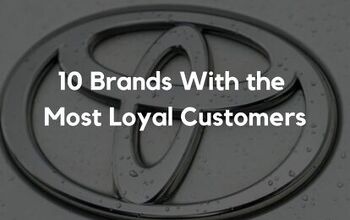
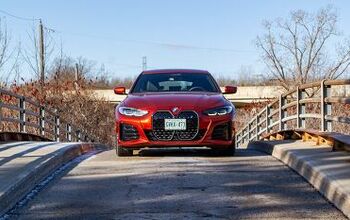

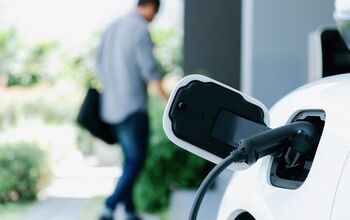



Comments
Join the conversation